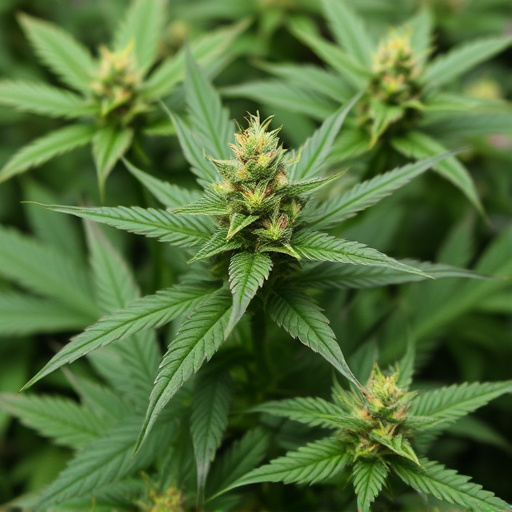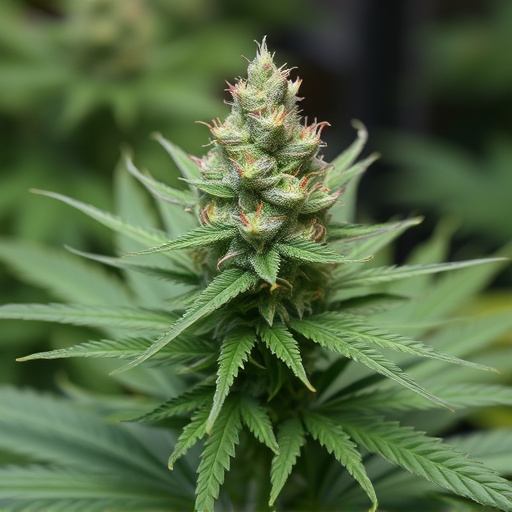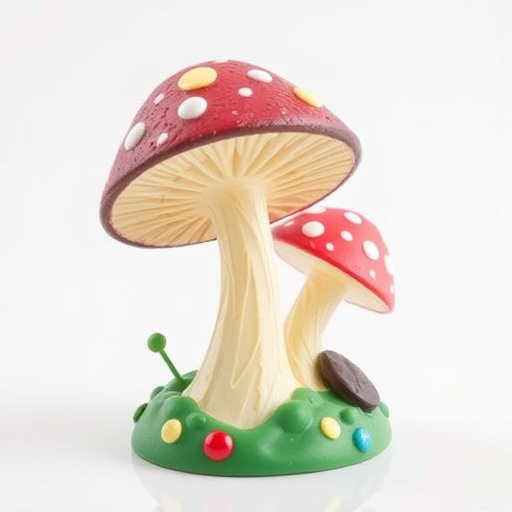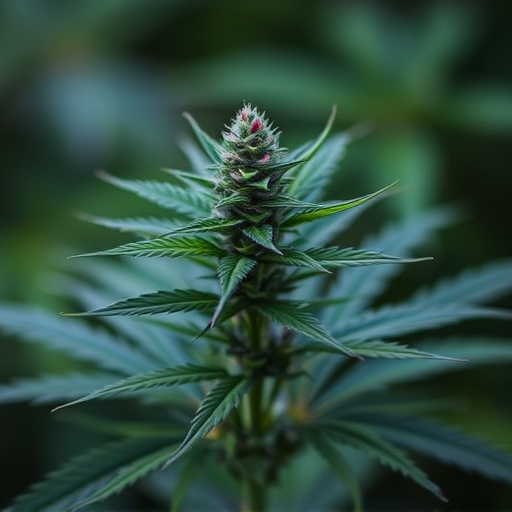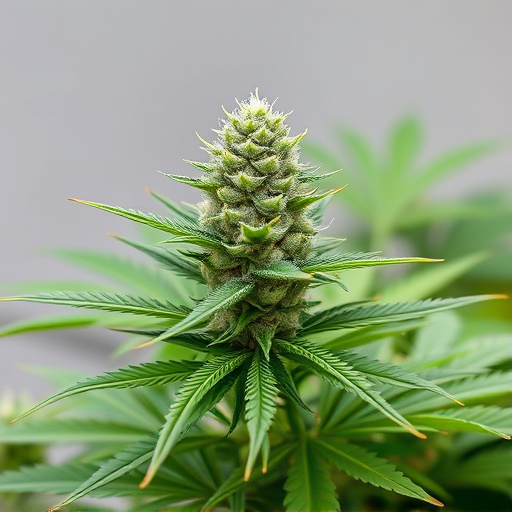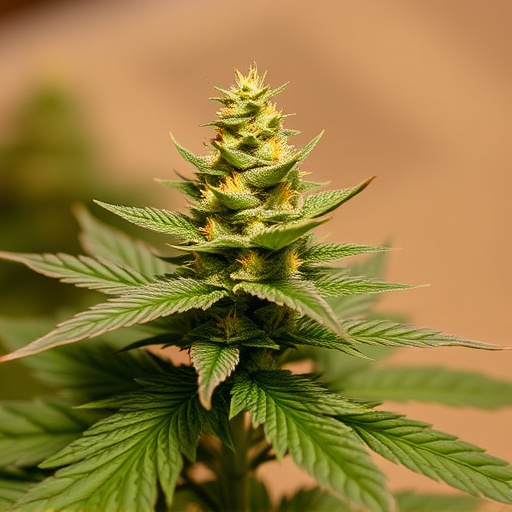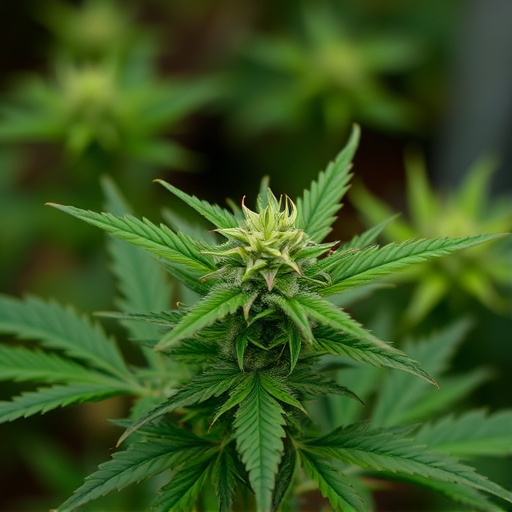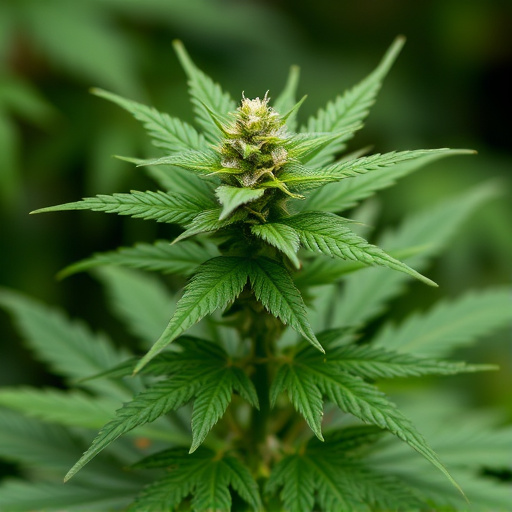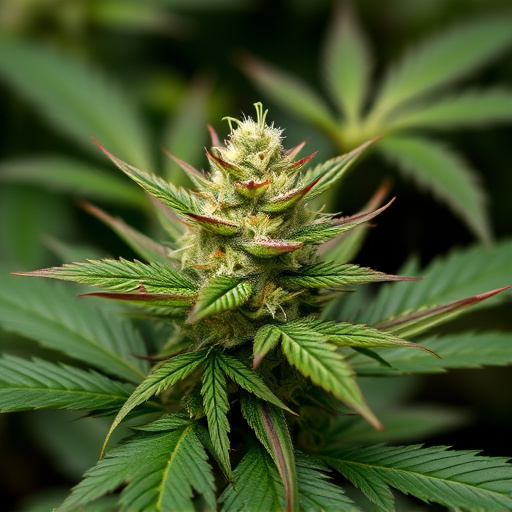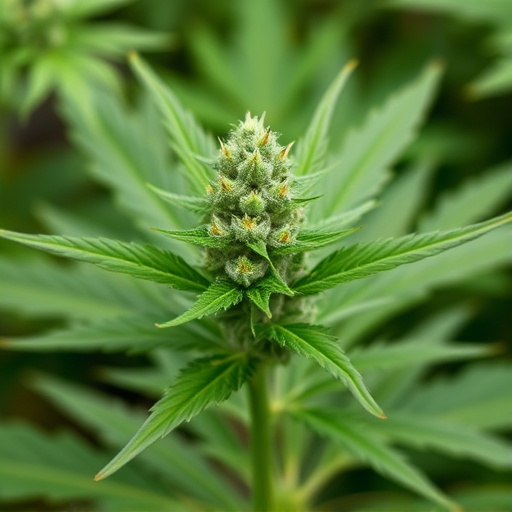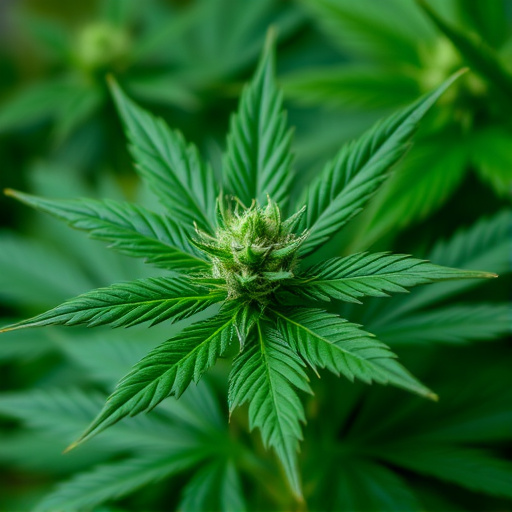Cannabis, with its chemical compounds like THC and CBD, offers potential therapeutic benefits for managing ADHD symptoms, particularly through strains high in CBD and low in THC. These strains may alleviate impulsivity, restlessness, and improve focus without psychotropic effects. Indica strains are popular for their relaxing properties, aiding comorbid conditions like anxiety and sleep issues. However, consulting healthcare professionals is essential before incorporating cannabis for ADHD treatment due to individual variations and dosage requirements. Researching specific strains and medical advice are critical steps when considering cannabis as an ADHD management option.
“Unraveling the potential of cannabis strains for ADHD involves understanding the very essence of the cannabis flower. This natural compound, rich in terpenes and cannabinoids, offers a unique therapeutic profile. In this article, we embark on a journey to demystify the cannabis flower’s basics and explore its strain-specific benefits for managing ADHD symptoms. From understanding various strains to making informed choices, get ready to discover how cannabis might be more than just a buzzword in modern healthcare.”
- Understanding Cannabis Flower: The Basics
- Cannabis Strains and ADHD: Potential Benefits and Considerations
- Choosing the Right Cannabis Strain for Managing ADHD Symptoms
Understanding Cannabis Flower: The Basics
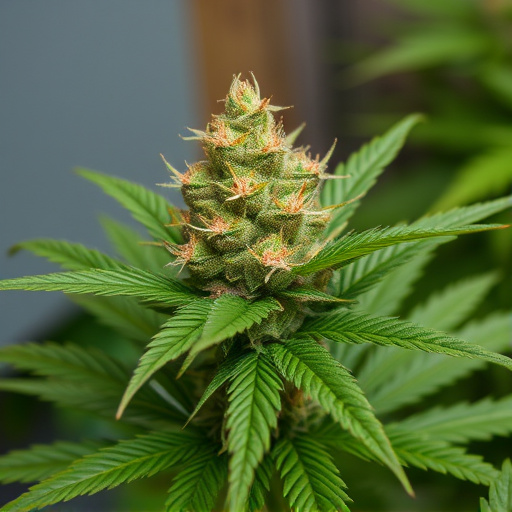
Cannabis flower, also known as marijuana or hemp flowers, is the most recognizable and well-known part of the cannabis plant. It’s more than just a pretty bloom; it’s the source of various cannabinoids, terpenes, and flavonoids that contribute to both medicinal and recreational uses. Each cannabis strain, characterized by its unique combination of these chemical compounds, offers distinct effects, making it valuable for those seeking relief from specific conditions like ADHD (attention-deficit/hyperactivity disorder).
The flower’s structure comprises tiny buds surrounded by leafy bracts. These buds are packed with trichomes—small glandular hairs that produce essential oils and resins. Cannabis strains for ADHD often target specific cannabinoid profiles, such as higher levels of THC (tetrahydrocannabinol), known for its stimulating effects, combined with CBD (cannabidiol) to balance out potential side effects. Understanding these basic elements is crucial when navigating the diverse world of cannabis flowers and their potential therapeutic applications.
Cannabis Strains and ADHD: Potential Benefits and Considerations
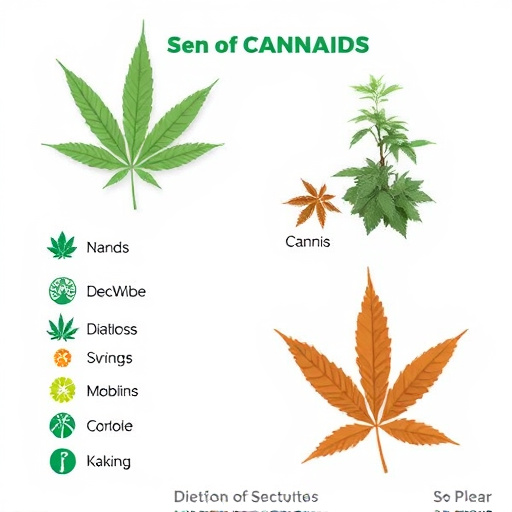
Cannabis has gained attention for its potential therapeutic effects on various conditions, including Attention-Deficit/Hyperactivity Disorder (ADHD). When it comes to cannabis strains for ADHD, specific varieties have been found beneficial due to their unique chemical profiles. Strains high in CBD (cannabidiol) and low in THC (tetrahydrocannabinol) are particularly popular for their ability to provide relief without the psychotropic effects associated with higher THC levels.
These non-intoxicating cannabis strains can help manage symptoms of ADHD, such as impulsivity, restlessness, and difficulty focusing. Research suggests that CBD interacts with the endocannabinoid system in the brain, which plays a role in mood regulation, cognitive function, and motor control. By modulating this system, certain cannabis strains for ADHD may offer improvements in attention span, working memory, and overall behavioral control. However, it’s important to consult healthcare professionals before considering cannabis as a treatment option, as individual responses can vary, and proper dosage is crucial.
Choosing the Right Cannabis Strain for Managing ADHD Symptoms
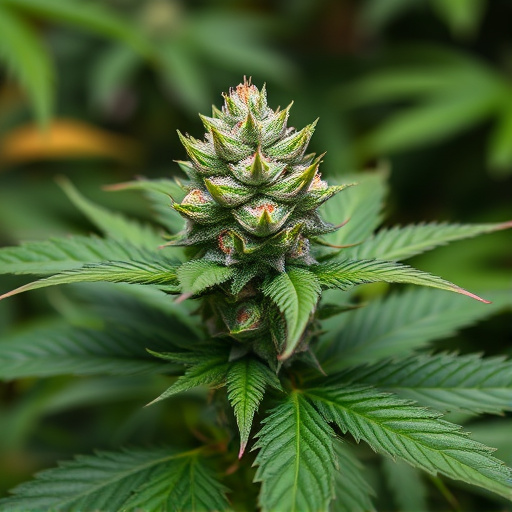
Many individuals with Attention Deficit Hyperactivity Disorder (ADHD) are exploring alternative treatments, and cannabis has emerged as a potential option to manage symptoms. When considering cannabis strains for ADHD, it’s crucial to understand that different strains offer distinct chemical profiles, primarily characterized by their THC (tetrahydrocannabinol) and CBD (cannabidiol) content. High-CBD strains, often with low THC levels, are particularly appealing as they may provide the therapeutic benefits of cannabis without causing the intense psychoactive effects associated with high-THC varieties.
Choosing the right cannabis strain for ADHD involves personal research and consultation with medical professionals. Some studies suggest that specific cannabis strains can help with focus, concentration, and impulse control—common challenges faced by those with ADHD. For example, Indica strains are known for their calming effects and may promote relaxation, making them potentially useful for reducing anxiety and improving sleep, which are often comorbid conditions with ADHD. However, it’s essential to consult a healthcare provider before incorporating cannabis into any treatment plan, as individual responses can vary significantly.
In conclusion, while cannabis flower offers potential benefits for managing ADHD symptoms, choosing the right strain is crucial. Understanding the unique properties of various cannabis strains can help individuals with ADHD navigate their treatment options effectively. By considering both scientific research and personal preferences, those affected by ADHD can explore the therapeutic possibilities of cannabis strains tailored to their specific needs, ensuring a more balanced and focused approach to their overall well-being.
